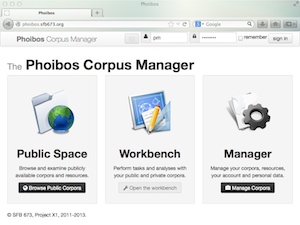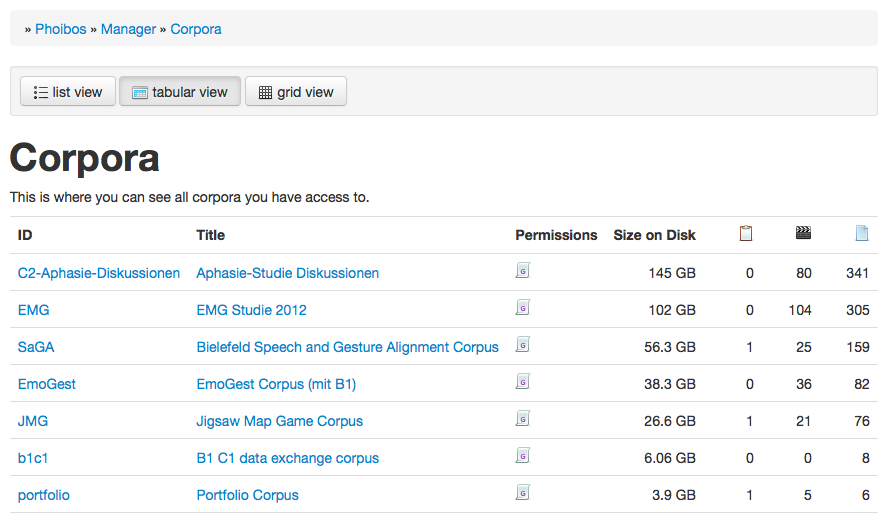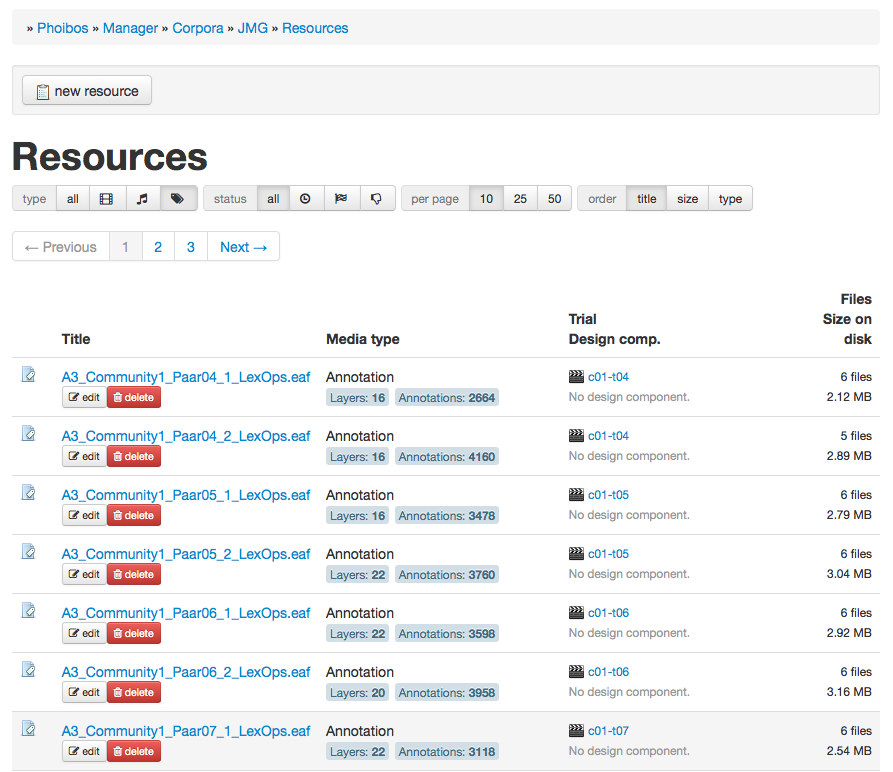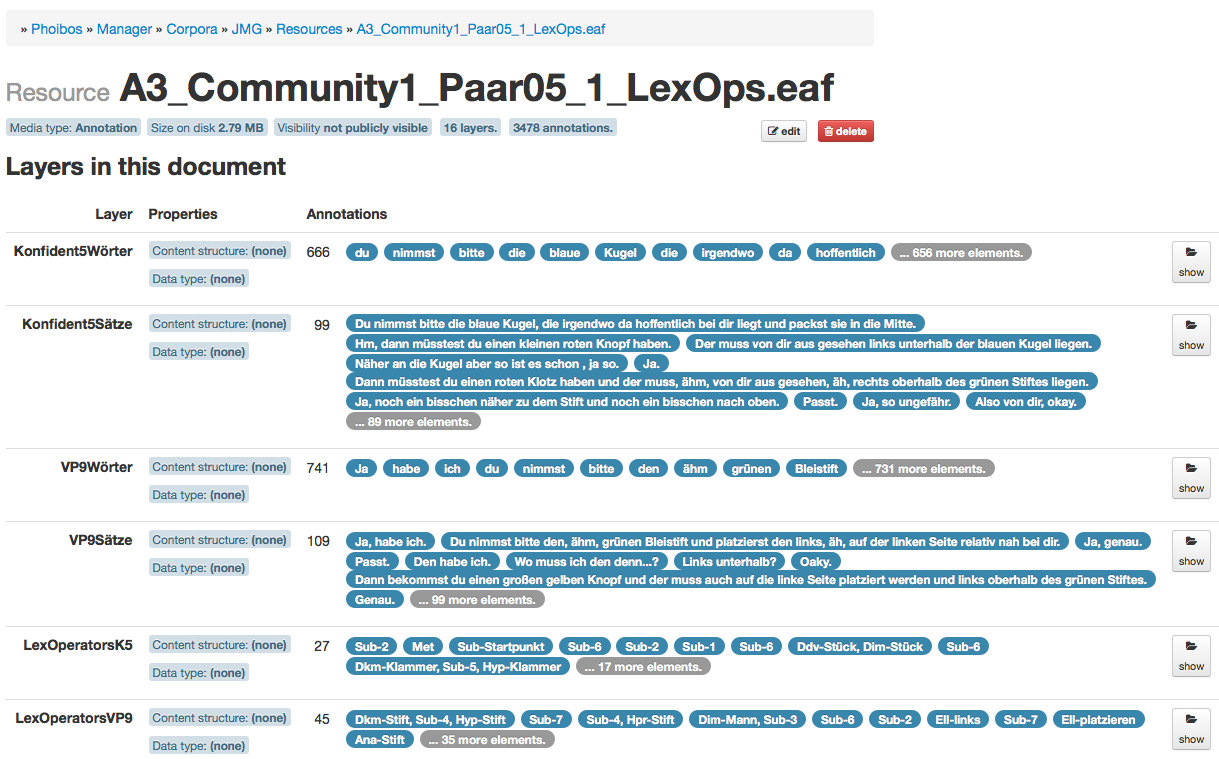The X1 project focuses on the text technological modelling of the input/output relation of alignment processes, the management and maintenance of the resulting representations by means of an alignment corpus management system (ACMS) and on the interchange of these representations between research projects inside and outside Bielefeld. Within the project, an XML-based representation schema is developed which is sensitive to the specific complexity of alignment data due to multiple representation layers, informational uncertainty, the impact of alignment histories and the dynamics of the evolvement of alignment processes. In order to model this specific complexity, the project includes elementary statistical analyses of alignment data based on a representation scheme of such analyses. That is, it integrates the standardized, XML-based annotation with its further processing in the framework of statistical modelling. In this sense, the project integrates computational linguistic and text-technological modelling on the basis of a uniform framework in order to guarantee informational sustainability of data representation models of alignment processes and their instances.
Products
MExiCo and FiESTA
X1 developed two data models, MExiCo (“Multimodal Experiment Corpora”) and FiESTA (“Format for extensive spatiotemporal annotations”). Both aim at representating multimodal data collections.
Phoibos
 One of the more tangible products of X1 is Phoibos, a web-based corpus management application. It is based on MExiCo and FiESTA. Within Phoibos, researchers can store corpora, consisting of media and annotation files, which then can be shared with others based on an elaborate group and permission system. Future work includes a workbench for visualisations and analyses, and a public space where corpus descriptions will be made available both in human-readable and machine-readable formats.
One of the more tangible products of X1 is Phoibos, a web-based corpus management application. It is based on MExiCo and FiESTA. Within Phoibos, researchers can store corpora, consisting of media and annotation files, which then can be shared with others based on an elaborate group and permission system. Future work includes a workbench for visualisations and analyses, and a public space where corpus descriptions will be made available both in human-readable and machine-readable formats.


